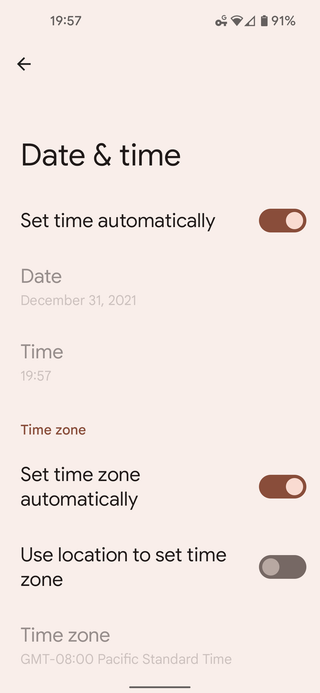Rabbit Managed
One of my first vivid memories when it comes to having fun while programming definitely contains me implementing RC4 encryption in QBasic. Algorithm was perfect. It worked on per-byte text, was simple enough to have at least basic understanding what the heck was happening, and it gave me a bit of “el bandito” feeling as algorithm was leaked. Going over RC4 encouraged me to reinvent the wheel and was a direct cause of my love into creating own encryption algorithms. And I’ve created quite a few…
In time I learned a bit more about encryption. Or at least enough to understand why “rolling your own” is generally a bad idea. With time my beloved RC4 got its ass kicked by cryptoanalysis to be finally deprecated in 2015. My focus meantime went toward block algorithms, most notably Twofish and later AES version of Rijndael. My mind decided to go block cipher route but my heart still longed for good old stream cipher times.
As someone following crypto-world as a hobby, I was surprised I missed a whole stream cipher competition - eSTREAM. At this time it’s already an ancient news but results of that competition are still available in the form of 4 secure software stream ciphers: HC-128, Rabbit, Salsa20/12, and SOSEMANUK. All these eSTREAM finalists are still secure, completely free, and really nostalgia inducing for those with a soft spot for stream ciphers.
One that immediately drew my attention was Rabbit. As name suggests, this one was really fast. Additionally, it has quite understandable method of operation, uses no “exotic” operations, it has a reasonably small state (513 bits), and it’s specified in RFC4503. The only thing I couldn’t find was a C# implementation wrapping it into a SymmetricAlgorithm so it can be easily used with CryptoStream. Well, now there’s one…
If you want to use the Rabbit from C#, take a look at my RabbitManaged class. It derives from SymmetricAlgorithm and exposes ICryptoTransform interface so it can be used with CryptoStream. While it uses 128-bit blocks internally, it also allows usage without padding (i.e. more like a traditional stream algorithm). It also allows for all standard paddings.
Considering wide prevalence of AES, its usage will be limited at best but I believe into not having all eggs in one basket and you might find usage for it still. But damn, it was fun to implement this little gem.
PS: For nostalgia, I also have a SymmetricAlgorithm implementation of RC4.
